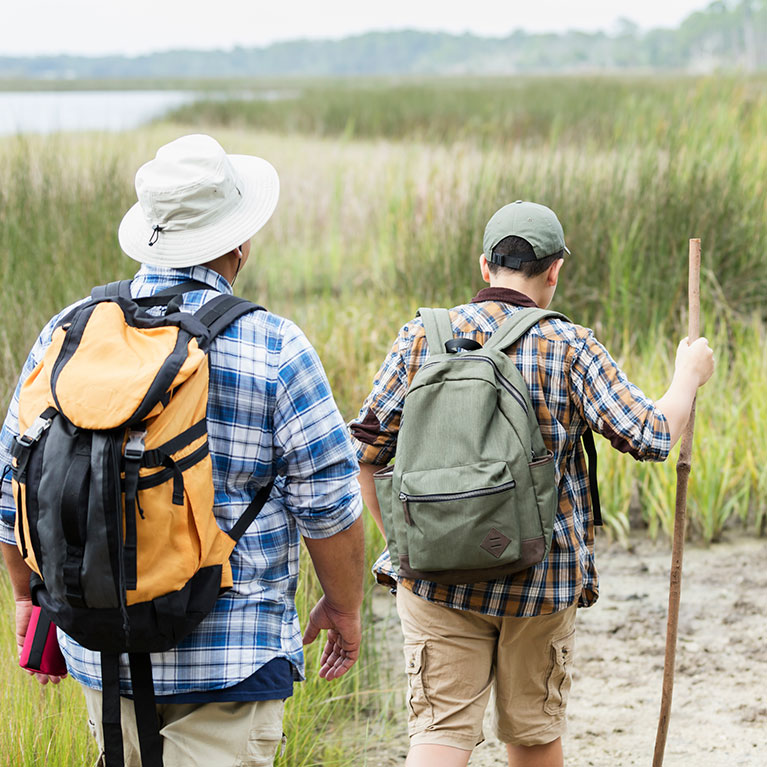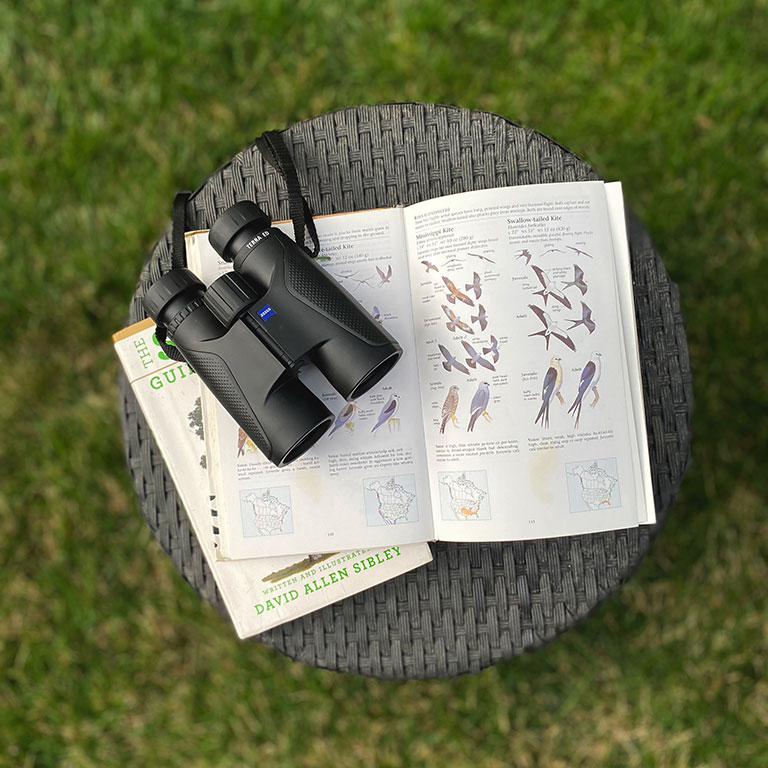Start Your Wildlife Viewing Journey!
Ready to explore the wonders of birds and other wildlife? Discover the basics, learn how to watch responsibly and what to bring for a safe, rewarding experience.

Birding Basics
Why start birding? Birding is a wonderful hobby that anyone can enjoy. Whether you’re watching birds from your window or exploring new places, every bird you see adds to your experience and knowledge. So grab your binoculars, head outside, and start your birding adventure today!

Know Before You Go
The Great Florida Birding and Wildlife Trail is your guide to great birding and other watchable wildlife opportunities around the state. Make your adventure a safe and enjoyable experience by following these helpful tips.

Binoculars
Binoculars are the birder’s window to the world. Having a good pair of binoculars and knowing how to use them can be the difference between a satisfying day of birding and the frustration of missed birds, blurred images, and eye strain.

Field Guides
Field guides are essential tools for identifying birds and other wildlife. They include photos, descriptions, and key details like habitat and behavior. While printed books are traditional, you’ll also find compact laminated versions, online guides, and bird ID apps, making it easier than ever to explore the natural world.
